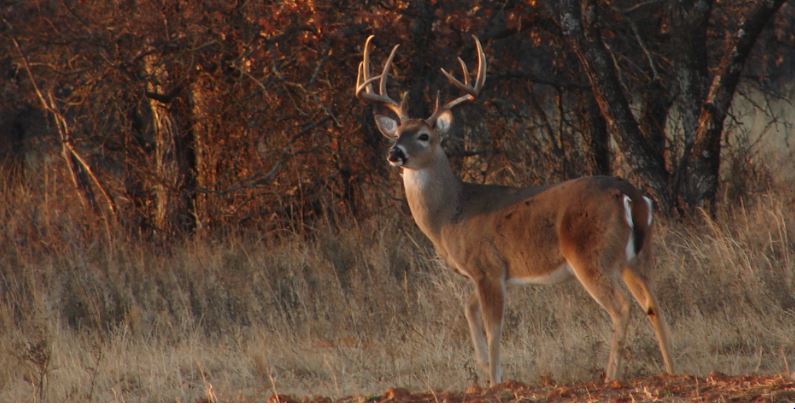The Big Lake Bottom Wildlife Management Area (WMA) is owned and operated by the Texas Parks and Wildlife Department (TPWD) and provides public access and public hunting opportunity. The 2,870-acre management area lies adjacent to the Trinity River and is located about 15 miles southwest of Palestine, Texas, in Anderson County. It was purchased by TPWD to preserve the rapidly disappearing Post Oak Savannah’s bottomland hardwood habitat.
The Big Lake Bottom WMA is not totally contiguous, but fragmented by private tracts of land. It is accessible from county roads at two locations. The topography, soil types, and vegetation of the area are representative of the Post Oak Savannah river bottoms. Soils are of poorly drained clays and flood regularly. Since the terrain is flat and lies within the river’s flood plain, the area is often covered by shallow slow moving floodwaters.
The area is normally inaccessible several times a year for extended periods due to high water or wet soil conditions. Over 90 percent of the management area is bottomland habitat of mature hardwood timber. Portable deer stands that do not damage trees are encouraged and will increase hunter success. Portable blinds are not available at the area, but one primitive campground is available to hunters and permit holders.
Because Big Lake Bottom WMA has very limited access and long distances to hunting compartments, often 2 to 3 miles, use of ATVs and other off road vehicles is strongly encouraged. ATVs must be operated in accordance with state law regarding the use of ATVs on public land. Caution should be taken during public hunting and rainy weather as this area is prone to flooding. In fact, high water may result in cancellation of scheduled hunts on short notice.
Principal wildlife species found on Big Lake Bottom WMA include white-tailed deer, feral hog, ducks, mourning dove, fox squirrel, gray squirrel, bobcat, raccoon, skunk, armadillo, coyote, gray fox, and many species of reptiles and migratory birds. Call the WMA headquarters at 903-389-7080 for more information on access and their public hunting programs.
